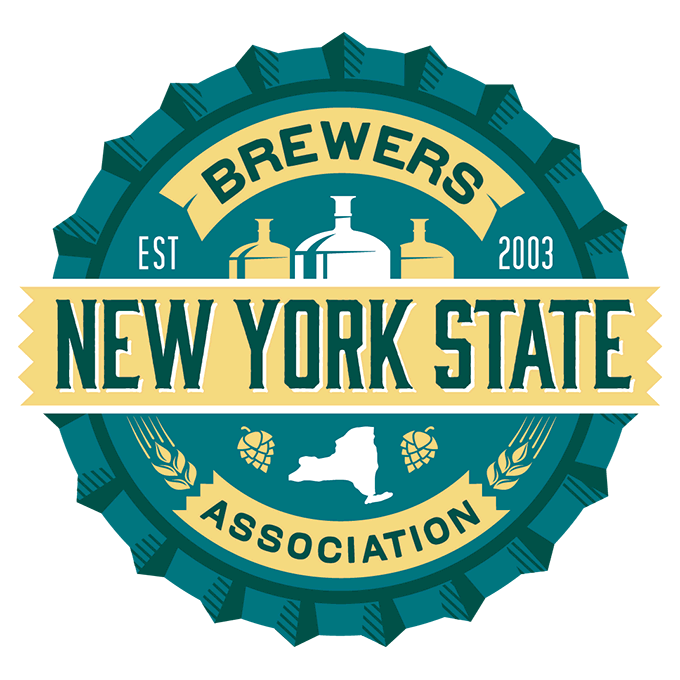

As the craft beer industry continues to flourish in the North East, we’re seeing an intriguing evolution – not only in the beers themselves but also in the can formats they’re packaged in. From the O.G. 12-ounce cans to the increasingly embraced 19.2-oz ‘Stovepipes’, and new formats like the 250ml sleek can, the craft beer can landscape is as varied as the brews they hold.
Decoding the Can Format Spectrum
Here’s a snapshot of some can formats within the craft beer industry:
Dominant Can Formats in the Craft Beer Industry
The Brewers Association reports that the most common can sizes in the North East are the Standard 12-oz, 16-oz, and 19.2-oz2. These formats balance an appealing volume-to-cost ratio, which, according to the association’s data, has led to these three can sizes accounting for approximately 70% of all craft beer can sales in the region in 2022.
The Rising Trend of 19.2-oz Cans
The 19.2-ounce Stovepipe is seeing a surge in popularity, particularly in event venues. This format, large enough to last through a long concert or sports event, is becoming a fan favorite at stadiums and music festivals3. A 2022 Brewbound report showed a significant 30% year-over-year increase in Stovepipe can sales at such venues 3 4
The Role of Sleek 250ml Cans
The sleek 250ml can is another format that’s carving out a niche. Although relatively new and less common in the beer industry, it’s found success in the burgeoning market for ready-to-drink cocktails and lower-alcohol, lower-calorie beverages. Its compact size makes it ideal for single servings and sample packs, and it appeals to consumers seeking moderate alcohol consumption5.
Retailer Decision-Making on Can Formats
Retailers are key determinants of which cans find their way onto store shelves. They base their decisions on:
Making the Most of Stovepipe and Sleek Can Trends
Breweries looking to leverage the rising popularity of the 19.2oz and the 250ml sleek can formats should consider launching special releases, engaging in targeted marketing, and educating consumers about the unique benefits of these sizes7.
In conclusion, the diverse world of craft beer can formats presents an of opportunities for those involved in the beer industry look to differentiate themselves. Its also important to understand market sentiment and perception around different formats. By staying informed about these trends – breweries, distributors, and retailers can meet the evolving demands of consumers and maintain a competitive edge.
Footnotes